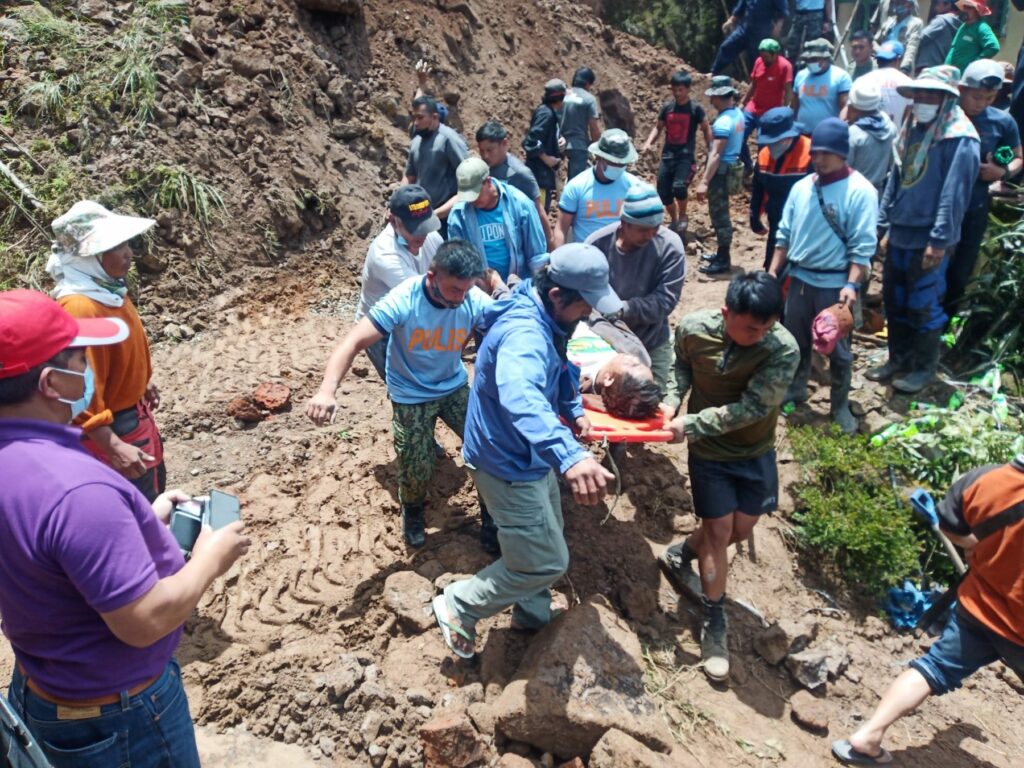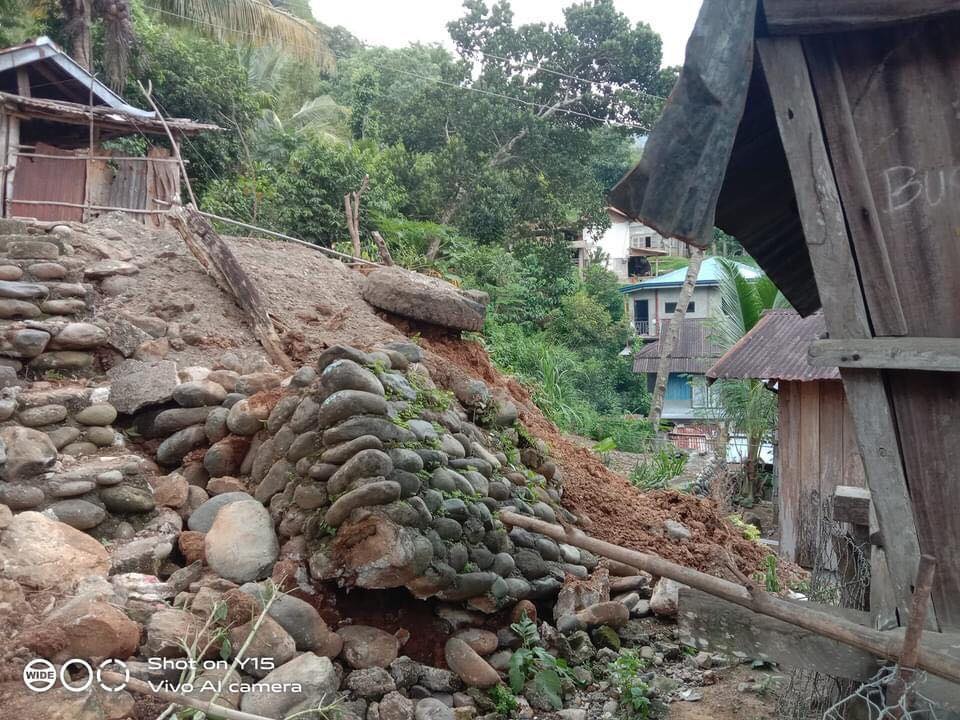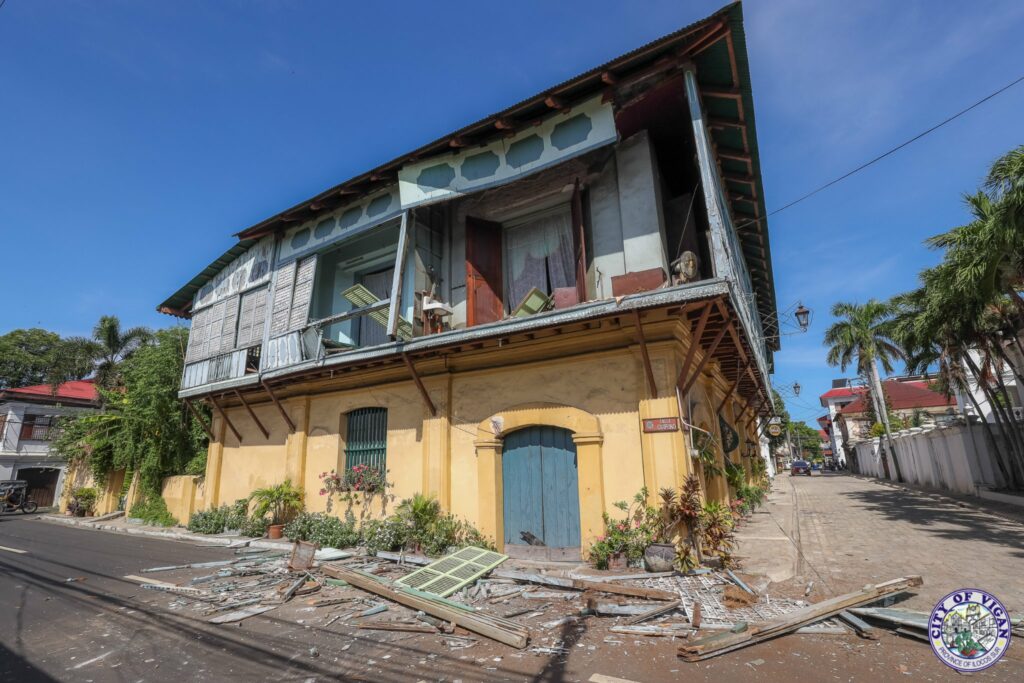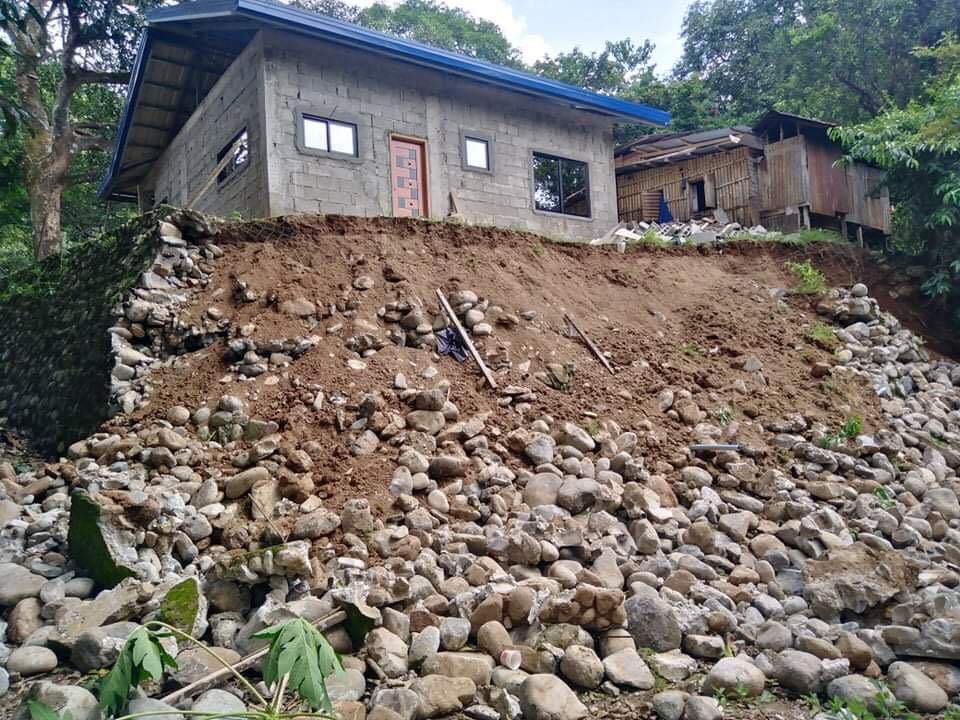By Fatima Farha
Four people have been killed and over 130 injured by a devastating earthquake that struck Northern Philippines on Wednesday. The 7-magnitude quake damaged homes, buildings and centuries-old churches. It also triggered landslides and cut off power in several parts of the northern region.

In a televised brief, local government secretary Benjamin Abalos Jr. said 58 landslides had been reported and more than 174 buildings destroyed by the earthquake whose epicenter is located in the Abra province. Abra is in Luzon, the country’s main and most populous island located in the northern end of the country.
On Thursday, President Ferdinand Marcos Jr flew to Abra and presided over a press briefing after inspecting quake affected areas. “Despite the sad reports about the damages caused by the earthquake, we are assuring quick response to those in need and affected by this calamity,” Marcos said on Facebook.
Marcos Jr previously said that a national emergency would not be declared and that the country has enough funds to cover the extent of the damage. He added that rescue and relief teams were immediately dispatched and several roads in quake-hit areas will be cleared within the day.

The earthquake was measured at a preliminary magnitude of 7.3 by the Philippines Institute of Volcanology and Seismology (PHILVOLCS). It later revised the magnitude down to 7.0. Still, Renato Solidum, the seismology institute’s director, said it was the nation’s strongest inland earthquake since the tremor in central Philippines in 2013.
Strong tremors were felt through the capital city, Manila, more than 400 kilometers away. People were forced to evacuate from several buildings and offices, and the city’s metro rail system was halted.
The Philippines Red Cross said its teams on ground were assessing damage in the affected communities. PHILVOLCS said citizens should brace for any aftershock.

Abra, home to nearly 250,000 people, is a landlocked province with deep valleys and rugged mountains. Tsunami warnings have not been issued because the quake was detected inland.
On July 16, 1990, a magnitude 7.7 quake killed about 2,000 people in Baguio City and surrounding provinces in the northern region.
The Philippines is prone to natural disasters as it lies along the Pacific “Ring of Fire” where earthquakes are frequent. It is also experiences an average of 20 typhoons each year, making it one of the world’s most disaster-prone countries.
About the author:
Fatima is a journalist currently pursuing a masters degree in Multimedia Journalism at Bournemouth University. She is passionate about digital media and can write, shoot, and edit online and broadcast pieces. She has recently produced stories covering various UN sustainable development goals (SDGs) for The Breaker, a news site run by Bournemouth University.















